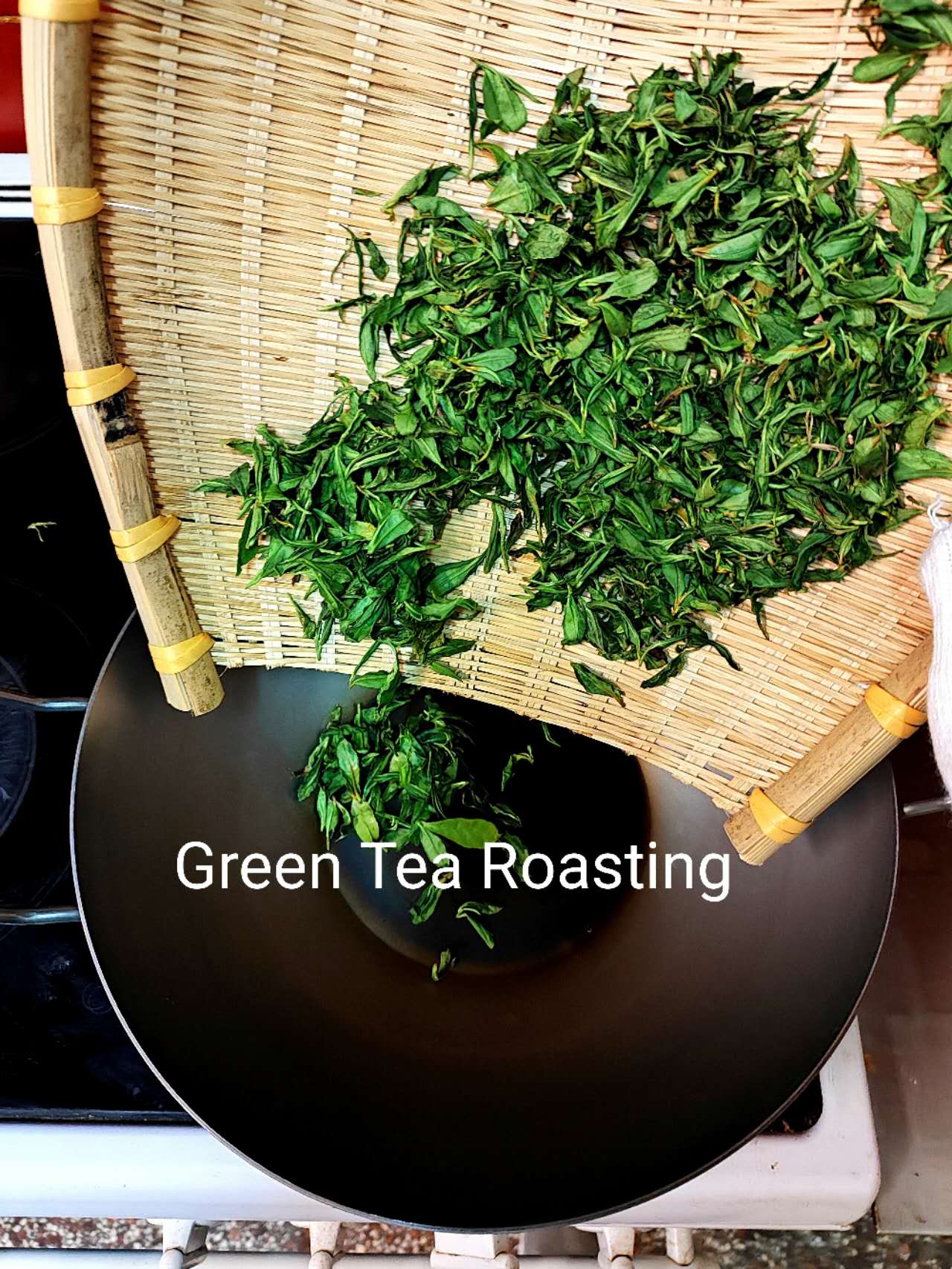Description
To book our online workshops, just contact us in advance to book the time.
To understand the classification of green tea from producing techniques, be familiar with the sensory evaluation indicators of green tea, and master the sensory evaluation methods of various green tea. Participate in picking, processing and evaluating, we provide manual processing courses for roasted green tea, and can also make special shaped green tea according to customer requirements, such as flat, long or round. If experiencing the whole process of green tea processing, please book at least 2 class hours. Participate in picking and processing only from May to September, other time will be focusing on theoretical knowledge and evaluating.
Green tea 绿茶 [lǜ chá] is the closest to nature among all tea types, one kind of tea is the most precious treasure, 3 gram early spring dry green tea for one infusion needs to pluck more than 100 tea sprouts. Green teas in China are also the largest yields and the richest varieties among all tea sorts, varieties are widely distributed in the Yangtze River basin and regions south of the Yangtze River. Because dry tea, liquid and residues are all green, people name this kind of teas green tea.
From producing techniques, green teas are divided into five sorts, Chao Qing- pan roasted 炒青 (Photo machine fired), Hong Qing- baked 烘青, Hong and Chao Combination, Shai Qing- sun dried 晒青 and historical Zheng Qing- steamed 蒸青, pan roasted green teas have the largest production. Chao Qing green teas have Xihu Longjing, Wudang Green Myst (Photo), Biluochun and Mengding Ganlu etc., Hong Qing teas are Huangshan Maofeng, Wudang Silver Sword and Needle Well, Wufeng Maojian, Taiping Houkui and Liuan Guapian etc., Shai Qing includes Dian Qing from Yunnan and Chuan Qing from Sichuan etc., and Zheng Qing only has few, Enshi Yulu from Hubei etc.. Although different green teas are processed differently, main steps are de-enzyming 杀青, rolling 揉捻 and drying 干燥, the de-enzyming is the most important step, which is the key to keep the quality. Green teas have 450 kinds of organic compounde e.g. Phenol derivatives, aromatic substances, amino acids, vitamins and tea tannin etc., inorganic minerals e.g. iron, calcium, phosphorus selenium molybdenum manganese and germanium etc., and a small amount of trace elements. Because green teas are unfermented, dry tea leaves keep more natural substances of fresh leaves, over 85% tea polyphenols and theine, about 50% chlorophyl and vitamins.
Contact us for an appointment:
Email: info@liu-tea-art.com
Tel.: 0049/51819010891
Address: Immserstr. 22 Alfeld (Leine) 31061 Germany






























